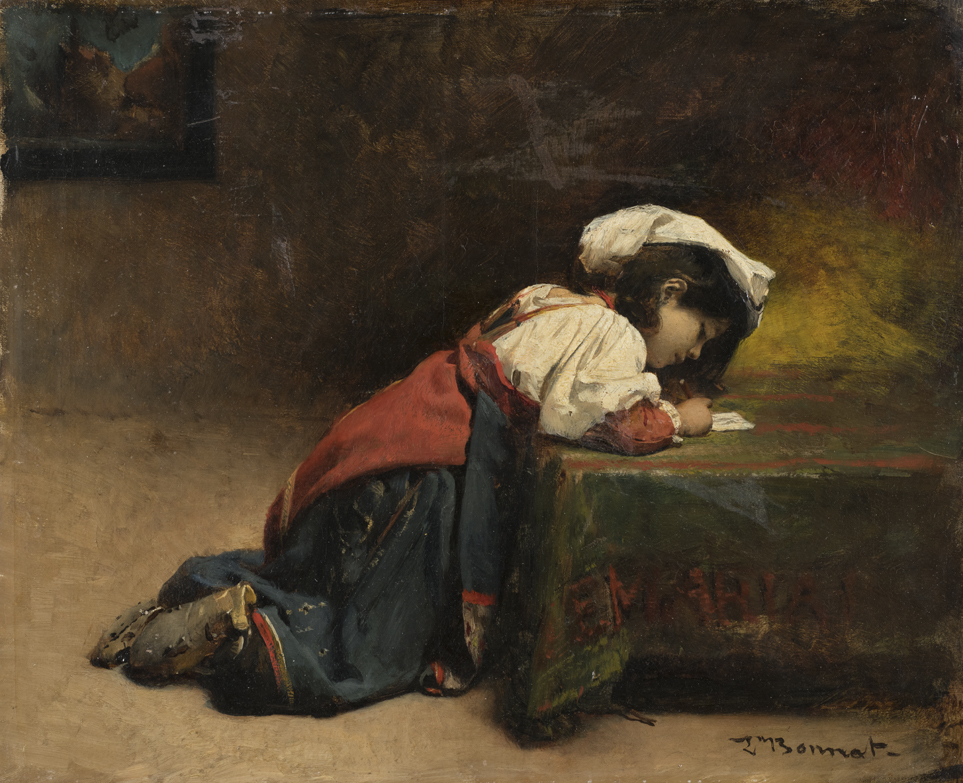Two key figures in art collections, Karl Hedman and Frithjof Tikanoja, worked in Vaasa partly at the same time. Both contributed to the city’s visual arts scene by participating in the Vaasa Art Association, founded in 1917. Initially, Tikanoja was most interested in literature, theatre, and music. He accumulated an extensive collection of books. Tikanoja took an interest in the visual arts during the First World War, and his interaction with artists continued for twenty years after Hedman’s death.
For Tikanoja, supporting Finnish-language culture and Nordic artists was a matter close to his heart. While Hedman acquired works from artists who had already established themselves, Tikanoja was also interested in painters, graphic artists and sculptors who were starting out in their careers and who were linked to Ostrobothnia through their origins or activities. Both Hedman’s and Tikanoja’s collections include foreign art, with the focus of Tikanoja’s collection on the pioneers of modernism.









